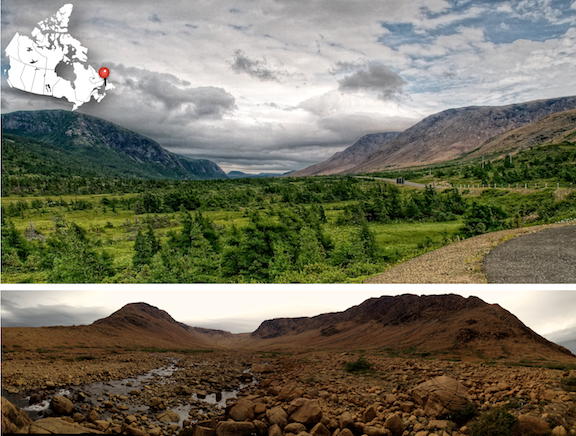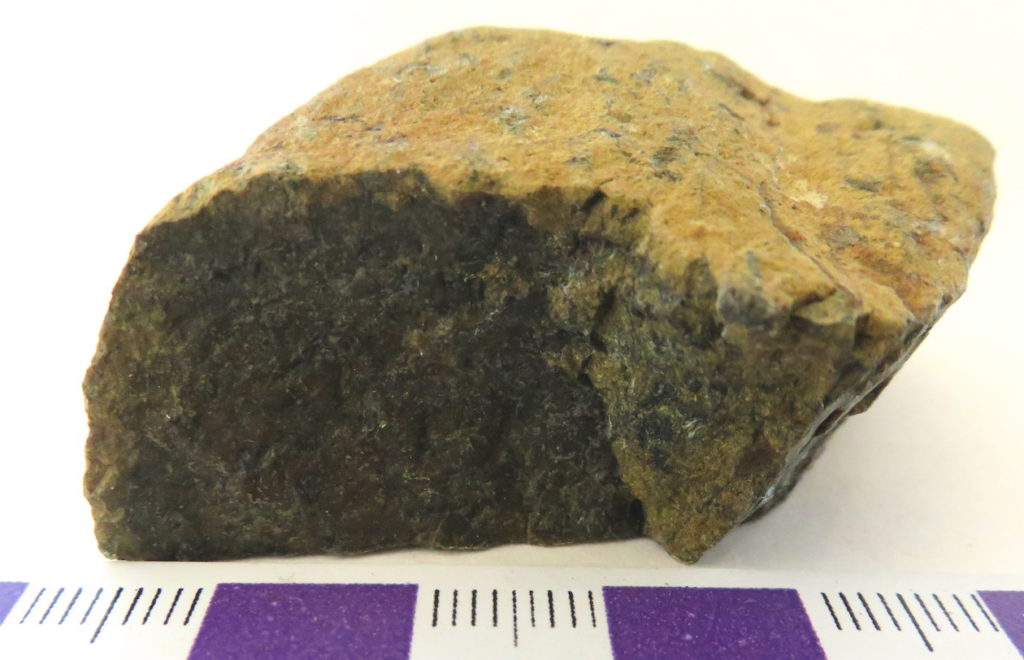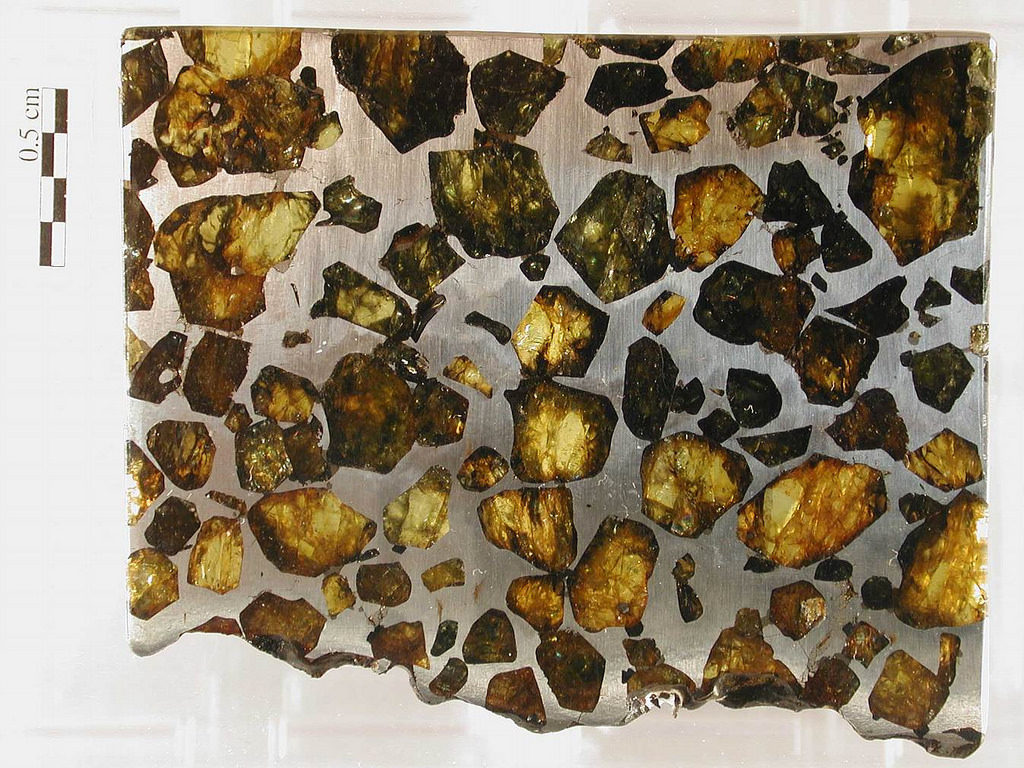Chapter 3. Earth’s Interior
Adapted by Karla Panchuk from Physical Geology by Steven Earle

Learning Objectives
After reading this chapter and completing the review questions at the end, you should be able to:
- Explain the variations in the composition and characteristics of Earth’s different layers.
- Explain how seismic data can be used to understand the structure of Earth’s interior.
- Describe the temperature variations within Earth and their implications for internal processes such as mantle convection.
- Explain the origins of Earth’s magnetic field and the timing of magnetic field reversals.
- Describe the isostatic relationship between the crust and the mantle, and the implications of that relationship for geological processes on Earth
The barren red rocks of the Tablelands stand in stark contrast to their lush green surroundings in Gros Morne National Park (Figure 3.1, top). If the Tablelands appear out of place, it’s because they are. The Tablelands are one of few places on Earth where you can walk directly on the rocks of Earth’s mantle, thanks to an accident of plate tectonics that happened hundreds of millions of years ago. The red colour of the Tablelands rocks comes from iron-bearing minerals reacting with oxygen. Unaltered, the rocks are dark green (Figure 3.2). The rocks lack vegetation because the chemical composition of the rocks does not provide adequate nutrients for plants.

Locations like the Tablelands are one way we can learn about Earth’s interior. Meteorites derived from smashed differentiated bodies (asteroids that separated into mantle and core) are another. Asteroids that formed at a similar distance from the sun as Earth had a mineral composition akin to Earth’s. When these objects were shattered in giant collisions, the result was stony meteorites from fragmented mantle rock, and iron meteorites from fragmented core. Some fragments sampled the result of violent encounters that mixed the two (Figure 3.3).

We also get information about the structure of Earth’s interior by analyzing the speeds and paths of earthquake vibrations, called seismic waves.
We need to know something about the inside of our planet— what it’s made of, and what happens within it— in order to understand how Earth works, especially the mechanisms of plate tectonics. It is fortunate that there are many ways for geologists gather information about Earth’s interior, because one thing they can’t do is go down and look at it.

